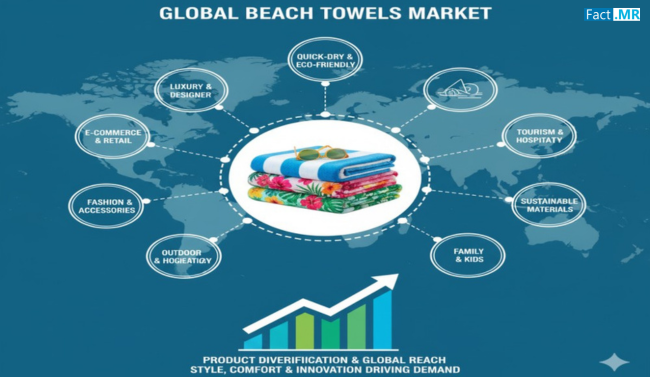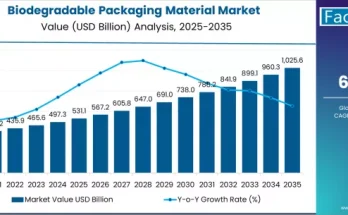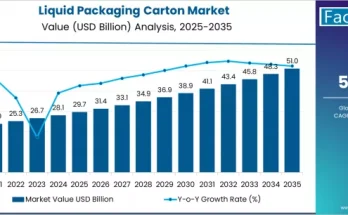The beach towels market is evolving from a simple segment of personal care and textile accessories into a vibrant global industry shaped by fashion trends, sustainability goals, and lifestyle transformations. With growing enthusiasm for travel, water sports, and beach tourism, consumers are increasingly prioritizing beach towels that combine comfort, absorbency, durability, and aesthetic appeal. As manufacturers introduce eco-friendly materials and innovative weaving technologies, the market is witnessing a wave of product differentiation that blends luxury with environmental consciousness.
Market Overview:
Beach towels, once viewed as mere functional items, have become lifestyle products reflecting personal taste, fashion identity, and environmental values. The industry’s evolution is driven by the rising demand for premium and customized textiles, the influence of online retail, and the expansion of sustainable manufacturing practices.
Modern beach towels are available in various fabrics, including cotton, microfiber, bamboo, and recycled fibers, offering distinct benefits such as quick-drying capability, softness, and high moisture absorption. The introduction of lightweight, sand-resistant, and compact designs caters to travelers and outdoor enthusiasts seeking practicality without compromising on comfort or design.
Innovation in textile finishing and printing techniques allows for bold color patterns, digital graphics, and personalized designs—positioning beach towels as a blend of functionality and fashion. Manufacturers are also embracing circular textile production by using organic or recycled materials, minimizing water usage, and adopting biodegradable packaging.
Regional Insights:
North America continues to lead the global beach towels market, supported by the popularity of coastal tourism, poolside leisure, and beach-centric recreational activities. The United States, in particular, has a strong consumer base for high-quality and designer beach towels that cater to both lifestyle and luxury preferences.
Europe exhibits a growing inclination toward sustainable and ethically produced textiles. European consumers increasingly prefer organic cotton, bamboo fiber, and recycled polyester towels, reflecting their commitment to eco-conscious purchasing habits. The Mediterranean region remains a significant driver of demand due to its thriving coastal tourism industry.
Asia-Pacific is emerging as a promising region for beach towel production and consumption. Expanding middle-class populations, urbanization, and rising disposable incomes have boosted travel and leisure activities, particularly in countries such as China, Japan, Thailand, and Australia. The region’s well-established textile manufacturing infrastructure further contributes to its competitive advantage in both cost and innovation.
Latin America and the Middle East & Africa are gradually gaining market traction as tourism and resort industries expand. Countries with tropical climates and increasing international visitor inflows are fueling the demand for beach accessories, including premium and customized towels.
Key Trends & Forecast:
- Sustainability Takes Center Stage:
Consumers are shifting toward sustainable textile options made from organic cotton, hemp, or recycled materials. Brands emphasizing eco-certifications, ethical sourcing, and biodegradable packaging are gaining long-term brand loyalty. - Personalization and Premiumization:
Customized designs, monogramming, and limited-edition prints are becoming major differentiators in the market. Luxury beach towels with exclusive branding and unique textures are attracting consumers seeking individuality and comfort. - Technological Advancements in Fabric Design:
Innovations such as sand-repellent coatings, anti-bacterial finishes, and fast-drying microfibers are redefining the utility and hygiene standards of modern beach towels. - E-Commerce Expansion:
Online retail platforms have significantly influenced purchasing behavior, offering a diverse product range, quick delivery options, and personalized shopping experiences. Direct-to-consumer brands are leveraging digital marketing to engage with younger, trend-driven audiences. - Influence of Tourism and Lifestyle Trends:
The resurgence of global tourism and the rising culture of outdoor leisure are fueling demand for compact, travel-friendly, and stylish towels. Resorts and hospitality chains are increasingly adopting branded and premium-quality beach towels for guest experiences. - Brand Collaborations and Licensing:
Partnerships between fashion designers, lifestyle brands, and beachwear companies are shaping the premium segment of the market. Co-branded collections help create exclusive designs that merge functionality with visual appeal.
Applications & End-Use Outlook:
The versatility of beach towels has allowed them to expand beyond traditional use at beaches and pools.
- Leisure and Travel:
Beach towels remain essential accessories for travelers, swimmers, and outdoor enthusiasts. Compact microfiber designs are particularly popular among travelers who value lightweight and easy-to-pack options. - Hospitality and Resorts:
Hotels, resorts, and spas constitute a significant segment of end-users. The demand for branded, high-absorbency, and durable towels in the hospitality sector continues to grow as establishments aim to enhance customer comfort and luxury experiences. - Sports and Fitness:
Beach towels are increasingly being used in fitness centers, yoga studios, and wellness facilities due to their quick-drying and sweat-absorbent properties. - Promotional and Corporate Use:
Companies are using customized beach towels for branding and promotional purposes, creating functional merchandise that resonates with eco-conscious and lifestyle-oriented audiences.
Competitive Landscape:
The global beach towels market is characterized by intense competition among established textile manufacturers, boutique brands, and emerging startups focusing on sustainable and design-forward offerings. Leading players are diversifying their product portfolios with innovative materials, creative designs, and targeted marketing strategies.
Strategic partnerships and collaborations are becoming essential in this competitive landscape. Many brands are aligning with eco-label certification bodies and sustainability initiatives to build consumer trust and compliance credibility. E-commerce growth has enabled smaller brands to reach global audiences, further intensifying competition in niche markets.
To maintain differentiation, companies are focusing on craftsmanship, texture innovation, and storytelling—highlighting how each towel is designed, sourced, and manufactured. Limited-edition releases, artisanal collaborations, and community-driven campaigns are helping brands create stronger emotional connections with their audiences.
Conclusion:
The beach towels market reflects a broader global movement toward conscious consumption, personalization, and lifestyle enhancement. As consumers seek products that align with their environmental values while providing comfort and style, manufacturers are responding with innovation, creativity, and responsibility.
The future of the beach towels industry lies in combining sustainability with design innovation—creating products that not only elevate beach and travel experiences but also support ethical and eco-friendly production. Brands that embrace these principles and integrate smart marketing strategies are poised to thrive in a market driven by both leisure and purpose.
Ultimately, beach towels are no longer just summer essentials—they are expressions of personality, sustainability, and modern living. The market’s ongoing evolution promises exciting opportunities for both established and emerging players in the years ahead.



